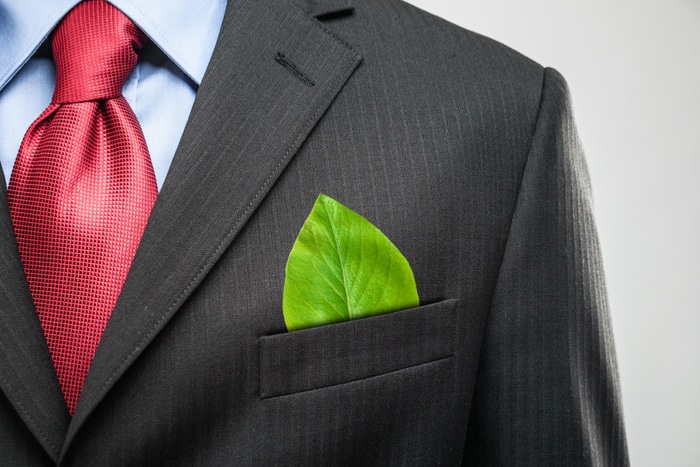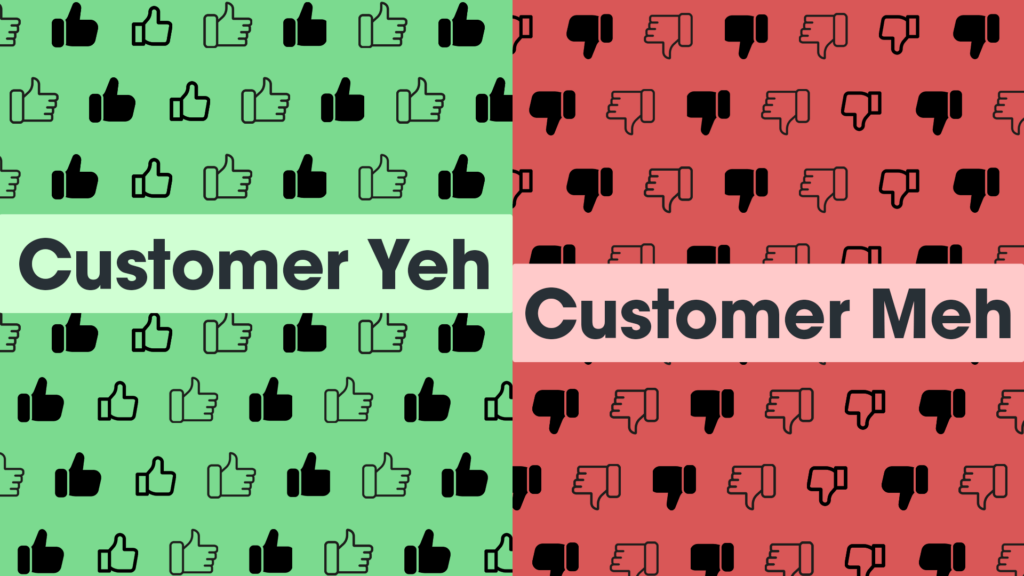“Consumers may say they want sustainability, but there is little evidence of mass-market shoppers willing to pay substantially more for sustainable goods.”
Filippo Battaini, research associate at FGRT, sums up the state of sustainability in retail in a rather pessimistic but unfortunately realistic view.
Sustainability in retail has a cyclical relationship. Fashion alone is reported to be the second most polluting industry in the world, but retail is also leading the way in seeking to tackle its own footprint.
Last week, the British Retail Consortium (BRC) responded to the environment secretary‘s announcement that the government is set to ban microbeads by stating how retailers “have led the way” in reducing the use of environmentally hazardous materials.
“Many [have] voluntarily removed microbeads from own brand products, while others are in the process of doing so,” the BRC stated.
“Many have also committed to switching from plastic cotton bud stems to paper ones.
“It is therefore good that the government will now ensure other companies follow suit.”
This demonstrates the industry‘s commitment to sustainability, but raises a pertinent question: If retailers are so concerned with their environmental impact, why is their carbon footprint still so significant?
According to garment retailer Celtic & Co, the main issue is cost.
“Price is the main issue for us, when retailers are producing clothing at incredibly cheap prices without worrying about environmental impact it is hard to compete on the all-natural, sustainable front as it costs considerably more to produce these materials,” a spokesperson said.
“Fortunately, customers are becoming more aware of the impact of fashion on the environment and retailers are starting to react to this too.
“A cheap t-shirt may look tempting but when you realise the amount of water, fuel and chemicals that have gone into it, just for it to rip and be thrown on to landfill after a few months it makes more economical sense to invest in products that will last and are better for the environment too.”
“You need to commit to making real changes, rather than just green washing”
On paper, this is a sensible argument. However, in a period of increased pressures on disposable income, shoppers who are usually ethically minded will instead opt for frugality.
Furthermore, Battaini points out that the problem of costs runs far deeper than labels on shelves.
“When switching to environmentally conscious operations, the cost of changing the way the supply chain works to make it more sustainable can be a major constraint,” he said.
“This cost is not only financial, but also cultural and operational, that is: changing company‘s practices that have been going on for long, or having to replace old business partners with new suppliers and distributors that, for example, use eco-materials for production and more efficient transportation modes in distribution.”
These practices are something that eyewear brand Ace & Tate have succeeded in incorporating. The retailer highlights that this can take a lot of work.
“You need to know and understand the impact of every single step in your value chain, which means putting a lot of time and effort into this research, before you can start making changes in the most efficient way for your business,” a spokesperson said.
READ MORE: H&M, M&S and Zara accused of “turning a blind eye” to toxic factories
“You need to commit to making real changes, rather than just green washing.
“We work with a tech-enabled freight forwarder, Flexport, which calculates our carbon emissions so we can see it broken down by mode of transit, supplier and location.
“And to put everything into perspective, it can also tell us what these statistics are equivalent to — for instance, five tonnes of CO2 emissions is equivalent to half of one home‘s energy use for one year.”
There is plenty being done across the retail industry to try and tackle the sustainability problem. In 2015 Nike turned 54 million pounds of factory scrap into premium material. M&S recently launched a Plan A 2025 initiative aiming to transform it into a zero-waste business, and just last week, Waitrose announced a partnership with a leading marine charity to clean up our coastlines and waterways. Fashion labels like H&M, Adidas and G-Star Raw have also launched recycled collections.
However, when reports like the one from Changing Market Foundation released last month found H&M, M&S and Zara to be purchasing materials from heavily pollutant factories, it shows there is still a long way to go.
“The reality is that just selling single use products on a “sell and forget” basis is far from sustainable”
David Symons, the director of sustainability at consultancy firm WSP, has some ideas about which directions retailers should take.
“Many retailers are the corporate leaders in sustainability, and in many ways retailers are often more important than regulators in raising product and supply chain standards,” he said.
“For example, we are helping a major furniture brand to work with their supply chain to see how they can save energy in their factories and other industrial buildings, which saves money and the environment.
“But there is still much more to do. Smaller brands and retailers are generally still playing catch up.
“The reality is that just selling single use products on a ‘sell and forget’ basis is far from sustainable.
“Retailers have a huge opportunity to continue to raise their own standards and also to embrace the some of the future trends we‘re tracking.
“Regulation will also play a part. Future chemicals regulations will raise product standards.
“New measures, such as the Minimum Energy Efficiency Standard (MEES), will from April 2018 prohibit the lease of energy inefficient properties. Our work shows that retail is the sector that will be most heavily affected.”
Click here to sign up to Retail Gazette‘s free daily email newsletter


















